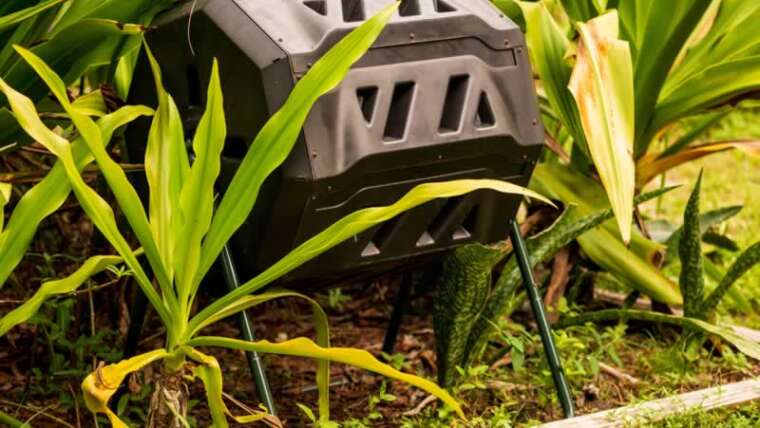Do you love DIY projects but struggle to find inspiration for your next project? Well, it might be time to work with another medium! If you change your routine and work with materials that you don't normally use, you can be inspired. One material you may have heard of but have not tried is epoxy.
While epoxy can be used as an adhesive, there are also some fun DIY projects you can do with it!
What can epoxy resin be used for?
There is plenty of room for creativity here! You may already be familiar with the idea of epoxy resin tables where there is a gap in the table associated with epoxy resin. Many people add additional elements to the epoxy, such as: B. stones to give the table a unique look. However, this is not the only way to use epoxy. It can also be used in jewelry, molds, artifact casting, model building projects, and more! It also has more practical uses, for example as an adhesive.
What are some of the advantages?
If you are still wondering why you should use epoxy, consider the following benefits. It is an impact-resistant material that does not splinter or splinter. It also acts as a good glue on most materials, including wood. And if it is properly prepared, it is very crack-resistant. The durability of this material and the transparent appearance are the reason why many are enthusiastic about it.
Are there disadvantages of epoxy resin?
Like any material, epoxy resin has disadvantages. Sometimes epoxy resin develops a yellowish tinge when exposed to sunlight. It can also be difficult to get a flawless finish with epoxy. If you are not careful, bubbles can easily develop in the material. These bubbles often only become visible after the epoxy resin has hardened. It can also be difficult to keep dust away from the epoxy while it is curing.

What happens if my epoxy resin blisters?
Unfortunately, epoxy is prone to bubbles. The best thing you can do is make sure that no blisters develop at all. This can be accomplished by not shaking the containers, holding a steady hand while mixing, and sealing the objects with a thin layer of epoxy before pouring a large amount onto them. If your liquid develops bubbles, you can try heating the bubbles.
What do I need to know about the processing time?
When choosing a project, you should consider the processing time. Over time, it becomes more and more difficult to work with the epoxy resin. Eventually, it will be cured when it reaches a state of complete hardness. With a short processing time, it is easy to use epoxy resin to achieve a multi-layered look in projects. Further information on epoxy resin and processing times can be found in this epoxy manual from acrylgiessen.com. You will also learn more about the different types of resin available to choose the best one for your project.
Can hardened epoxy resin be processed further?
As soon as the epoxy resin has hardened, it can be processed further! Hardened epoxy resin is hard plastic, which means you can grind, drill and polish it. However, it can be difficult to remove epoxy from unwanted areas. You would need to reheat the epoxy and then carefully scrape it off. This can be problematic and lead to permanent damage to the other material (e.g. a wooden table can be burned).
What should be considered when buying epoxy resin?
When you're ready to buy epoxy, keep in mind that cheaper epoxy may not cut very well or develop a yellowish tinge after curing. This tint intensifies when exposed to sunlight. High quality epoxy can be expensive, but keep in mind that you are more likely to get the transparent look you want to achieve with it. High quality epoxy can also be easier to mix and cut.
Final thoughts
When you're ready for a new challenge, give epoxy a try. While it can take several tries to get used to how epoxy cures, you can get creative with this transparent material. What ideas do you have from creating unique looking tables and flooring to creating castings?




